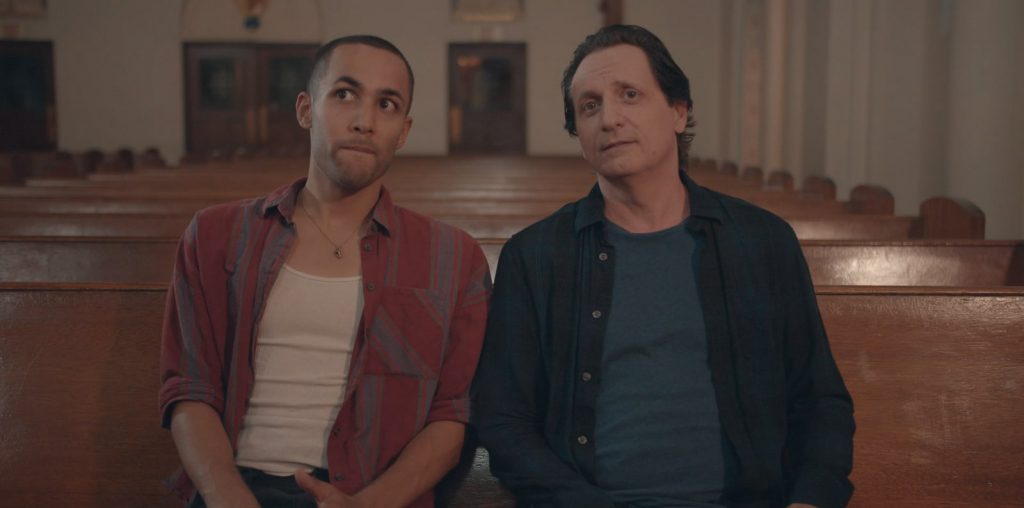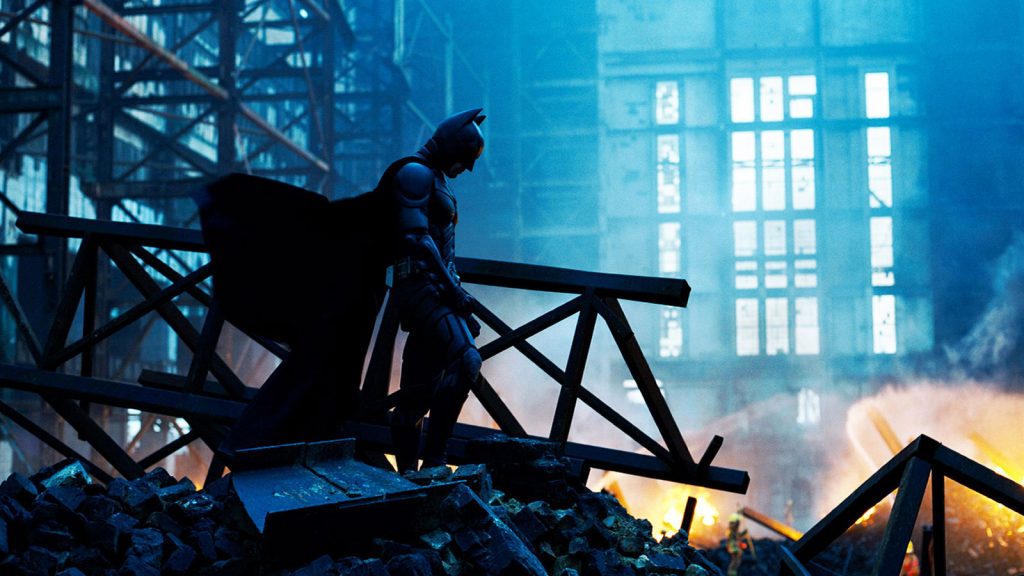
Peter Bate’s “Congo: White King, Red Rubber, Black Death” is a documentary that recounts the genocide perpetrated against the people of Congo by the colonial occupation under the control of Belgium’s King Leopold II. After gaining title to the land through fraudulent treaties with the African chiefs and strong-arm diplomacy among the European powers carving up Africa, Leopold II ran the so-called Congo Free State as a private fiefdom. While claiming to bring “civilization” to the Congolese, the Belgian monarch’s goals were anything but benevolent.
The African people were forced into slave labor to maintain the cultivation and export of the region’s rubber harvest. Those who fell behind in their labor quotas were tortured, mutilated and murdered; the wives of the laborers were frequently held prisoner and subject to rape and torture, and entire villages that rebelled against the enslavement were burned to the ground.
From the mid-1880s and lasting for nearly 40 years, an estimated 10 million Congolese were killed under the reign of Leopold II. The madness only came to an end thanks to the efforts of British journalist and humanitarian E.D. Morel, who exposed the human rights abuses in Congo and published photographs of the mutilated Congolese. In 1908, the Belgian government officially annexed Congo; Leopold II died the following year and his funeral procession was booed by the Belgian people, who grew ashamed of the outrages engineered in the king’s name.
Yet time has erased the severity of this tragedy. The Belgian people adopted a policy of national amnesia. Leopold II is praised today for bringing “civilization” to Congo (ignoring the fact that the Congolese civilization goes back several centuries). The records of the financial exploitation remain a Belgian state secret to this late date. And while the Belgian royal family amassed an extraordinary fortune from its plunder of the Congo resources, it has yet to offer any official statement of remorse for the massacres which took place under Leopold II.
“Congo: White King, Red Rubber, Black Death” fills an important void in the history of Europe’s disastrous encounters with Africa. Using a combination of interviews with contemporary historians and the recitation of the letters and investigative articles from the late 19th and early 20th century, the film outlines a human rights catastrophe which rivals the genocides created by the likes of Stalin, Hitler and Pol Pot. For those who are unaware of this aspect of African history, the story will come as a toxic shock.
But the film errs badly in two key areas. First, it frames a hypothetical trial of Leopold II, with the aged king seated in an Eichmann-style glass booth while charges against him are read by actors taking the roles of the real-life missionaries and consuls who documented the genocide. It is a hokey idea that never works, and it dilutes the genuine power of the facts on display.
Second, the film barely acknowledges those who were responsible for the vast majority of the deaths. The Belgians did not send their army to Congo to kill the people. Instead, the Belgian power brokers recruited and trained Congolese locals to serve as their private army. These people carried out most of the executions, torture and mutilations — it was a black-against-black crime, not a white-against-black crime. Leopold II was aware of what took place and actually encouraged it, but the actual violence was carried out by his black soldiers. By not putting clear blame for the atrocities on those who did the actual killings and torture, the film presents a lopsided view of history. It also fails to note this internecine violence would later manifest itself repeatedly after Belgium gave Congo its independence in 1960; the bloodshed is still going on today.
Yet even with these serious flaws, “Congo: White King, Red Rubber, Black Death” is a remarkable triumph of documentary filmmaking. It is impossible to walk away from this film without being jolted.

